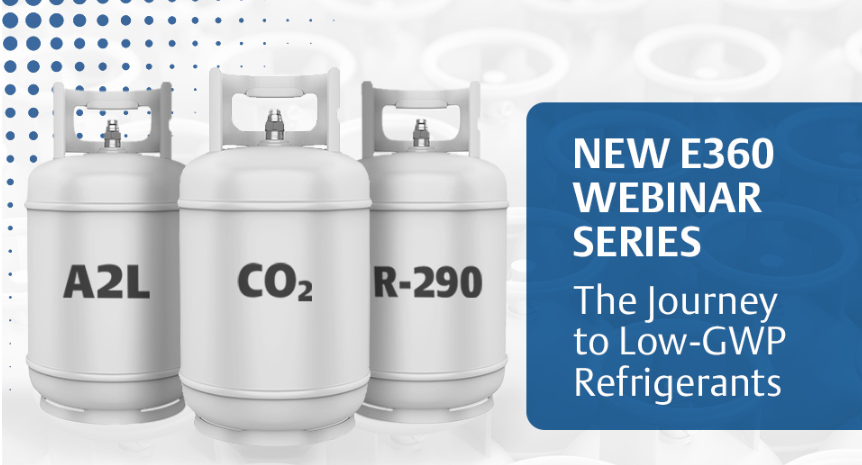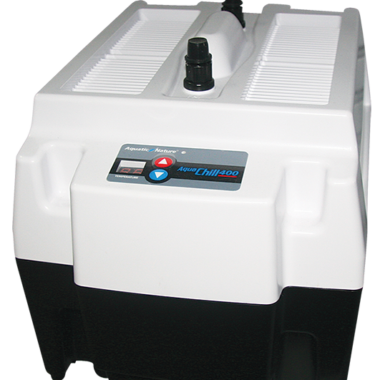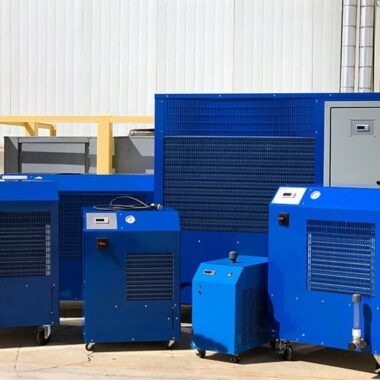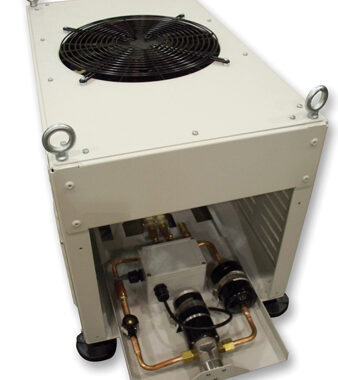Low GWP Refrigerants
Introduction
Low GWP Refrigerants represent a crucial shift in the cooling and refrigeration industries, offering a path toward environmentally sustainable cooling solutions. Unlike traditional refrigerants, which can have a significant impact on global warming, low GWP refrigerants are engineered to minimize their environmental footprint. By producing fewer greenhouse gas emissions, they support global efforts to combat climate change, aligning with stringent international regulations such as the Kigali Amendment to the Montreal Protocol. These refrigerants, including hydrofluoroolefins (HFOs), ammonia, CO₂, and other natural options, enable industries to maintain effective cooling while meeting evolving environmental standards.
Key Impacts on Chiller Technology
- Environmental Benefits: By adopting low GWP refrigerants, chillers can greatly reduce their contribution to global warming. For instance, HFOs have a GWP close to zero compared to traditional HFCs, making them far less harmful to the environment.
- Improved Efficiency: Many low GWP refrigerants offer better thermal efficiency, which allows chillers to operate at lower energy consumption rates. This not only cuts down on operational costs but also reduces the overall carbon footprint.
- Regulatory Compliance: International agreements, like the Kigali Amendment to the Montreal Protocol, are pushing for the phasedown of high GWP refrigerants. The shift to low GWP options helps companies comply with these regulations, ensuring long-term viability.
- Innovation in Chiller Design: Adopting low GWP refrigerants requires updated chiller designs to accommodate different pressures and handling properties. These refrigerants often have unique thermal characteristics, pushing manufacturers to develop new, optimized systems that balance performance and environmental impact.
- Increased Market Demand: As sustainability becomes a priority, industries across sectors are increasingly demanding eco-friendly cooling solutions. The transition to low GWP refrigerants is positioning manufacturers to meet this demand and attract environmentally conscious clients.
- Enhanced Safety Standards: Many low GWP refrigerants come with lower flammability and toxicity risks, improving the safety profile of chillers in both commercial and industrial settings. Some new refrigerants are specifically developed to reduce hazards, enhancing safety in densely populated or sensitive environments like hospitals and schools.
- Reduced Lifecycle Costs: Although initial costs for low GWP refrigerants can be higher, they often reduce the lifecycle costs of chillers. Improved energy efficiency and longer service intervals lead to significant savings over time, appealing to cost-conscious industries.
- Compatibility with Renewable Energy: Low GWP refrigerants make chillers more adaptable to renewable energy systems. By reducing energy demand, they allow chillers to operate more efficiently on solar, wind, or other renewable energy sources, further reducing emissions.
- Improved Heat Transfer Performance: Low GWP refrigerants, like HFOs and ammonia, often enhance heat transfer, which boosts the efficiency of chillers. Better heat transfer means chillers can achieve the desired cooling with less refrigerant, which helps with both environmental impact and cost-efficiency.
- Long-Term System Sustainability: With the phasedown of high-GWP refrigerant, equipment that relies on these traditional refrigerants may become obsolete. By investing in chillers with low GWP refrigerant, businesses ensure that their equipment is compatible with future standards, extending the usable life of their systems.
- Enhanced Public Image and Market Position: As companies across sectors emphasize environmental responsibility, adopting low GWP refrigerant contributes to a positive brand image. This commitment to sustainability appeals to environmentally-conscious clients, improving market positioning.
- Advanced Control Technologies: Low GWP refrigerant have spurred advancements in control technologies. Modern chillers now incorporate more sophisticated sensors and controls to optimize refrigerant flow, pressure, and temperature based on environmental conditions, increasing efficiency and performance.
- Availability of Incentives and Rebates: Many governments and organizations offer incentives for businesses to adopt environmentally friendly cooling technologies. These can include tax rebates, grants, and subsidies, making the switch to low GWP refrigerants financially advantageous.
Conclusion
The shift toward low GWP refrigerant is reshaping the future of cooling, presenting a powerful solution for reducing the environmental impact of chillers and refrigeration systems. By significantly lowering greenhouse gas emissions and improving energy efficiency, these refrigerants support industries in meeting regulatory standards and achieving sustainability goals. Although the transition may involve initial costs and adjustments, the long-term benefits—such as reduced lifecycle costs, compliance with future regulations, and a lower carbon footprint—make this a smart, forward-thinking investment. As the global demand for eco-friendly cooling solutions grows, low GWP refrigerants are set to become the cornerstone of modern chiller technology, ensuring that cooling systems align with both environmental responsibility and operational efficiency.






